The Cayuga Lake Harmful Algal Bloom (HABs) Monitoring Program had a busy start to the summer. On July 7th the first bloom on Cayuga Lake in 2019 was reported. In the following weeks, over 40 blooms have been reported and sampled by trained volunteers.
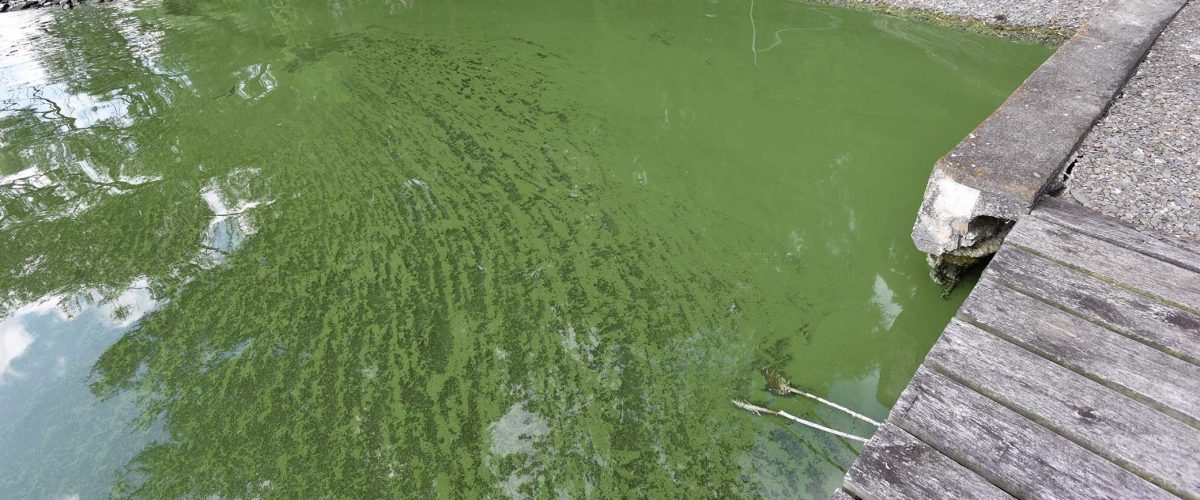
A harmful algal bloom that occurred on the southwest shores of Cayuga Lake on July 13th, 2019.
Now in its second year, the Cayuga Lake HABs Monitoring Program is being led by the Community Science Institute (CSI) in collaboration with the Cayuga Lake Watershed Network (CLWN) and Discover Cayuga Lake (DCL). The purpose of the program is to develop detailed information about the occurrence of HABs that could further scientific understanding and strategies for managing blooms. The program also serves to report cyanobacteria blooms (HABs) on Cayuga Lake and test bloom samples quickly in order to alert the public to possible health risks that these blooms may present.
The Cayuga Lake HABs Monitoring Program depends on a network of over 80 volunteers, titled HABs Harriers, who commit to monitoring sections of shoreline once per week from July through September. In June, HABs Harriers attend a two-hour training in HABs identification and sampling presented by CSI and the Finger Lakes HUB office of the New York State Department of Environmental Conservation (NYSDEC). This year HABs Harriers are monitoring over 47% of the Cayuga Lake shoreline, an impressive coverage for one of the largest Finger Lakes. This community of monitors includes staff at NY State Parks, as well as the Girl Scout and Boy Scout camps, who joined the program this year.
When a HABs Harrier observes a suspicious harmful algal bloom, they report the bloom and collect a sample that is immediately transported to the CSI lab in Ithaca. The lab uses microscopy to determine if cyanobacteria are present in the bloom sample. If they are, the sample is analyzed for total chlorophyll a, as a measure of bloom biomass, and for microcystin toxin. CSI reports the results of bloom analyses on the Cayuga Lake 2019 HABs Reporting Page. This reporting page features a master table of results and an interactive map displaying the locations, information, and test results for blooms occurring on Cayuga Lake.
If you would like to receive a weekly report summarizing bloom activity on Cayuga Lake, please contact the Cayuga Lake Watershed Network at programs@cayugalake.org or visit CLWN’s website to learn more.
If you see a HAB, avoid any contact with it and keeps kids and pets away!
Report the location, time, date, and two pictures to habshotline@gmail.com or online at Report a HAB
A trained HABs Harrier will respond and collect a sample if necessary.
New York is a national leader in addressing HABs with volunteer-based monitoring programs. While the Cayuga Lake HABs Monitoring Program is one of many in a state-wide effort to understand HABs occurrence and find ways to minimize risks to public health, it is the only program with its own certified lab capable of analyzing microcystin. Other programs send suspicious bloom samples to NYSDEC for microcystin analysis. NYSDEC maintains an online state-wide HABs reporting map called NYHABs that includes reports from all HABs monitoring programs in the state. CSI submits results from Cayuga Lake on a weekly basis for reporting on NYHABs.
The new NYHABs state-wide reporting map. HABs reports for Cayuga Lake are submitted by CSI to the NYSDEC weekly to be reported on NYHABs.
For more information about HABs, please visit CSI’s Harmful Algal Bloom Monitoring page or the NYSDEC HABs information page. If you have health concerns related to HABs, please contact your local health department or the NYS Department of Health at harmfulalgae@health.ny.gov.
To learn more about the Cayuga Lake HABs Monitoring Program, please visit the Harmful Algal Bloom Monitoring page. If you would like to participate in the program and help monitor for HABs on Cayuga Lake this summer, please contact CSI at info@communityscience.org or call (607) 257-6606.
In 2018 the Cayuga Lake HABs Monitoring Program furthered the understanding of HABs on Cayuga Lake. Check out CSI’s interesting findings from the first year of bloom monitoring in the Fall 2018 Water Bulletin: Harmful Algal Blooms (HABs) on Cayuga Lake.
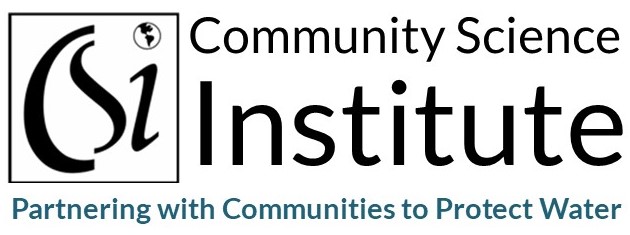

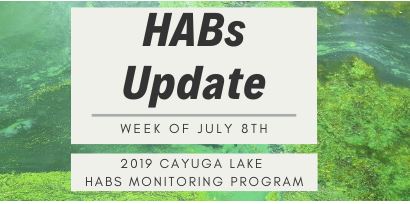
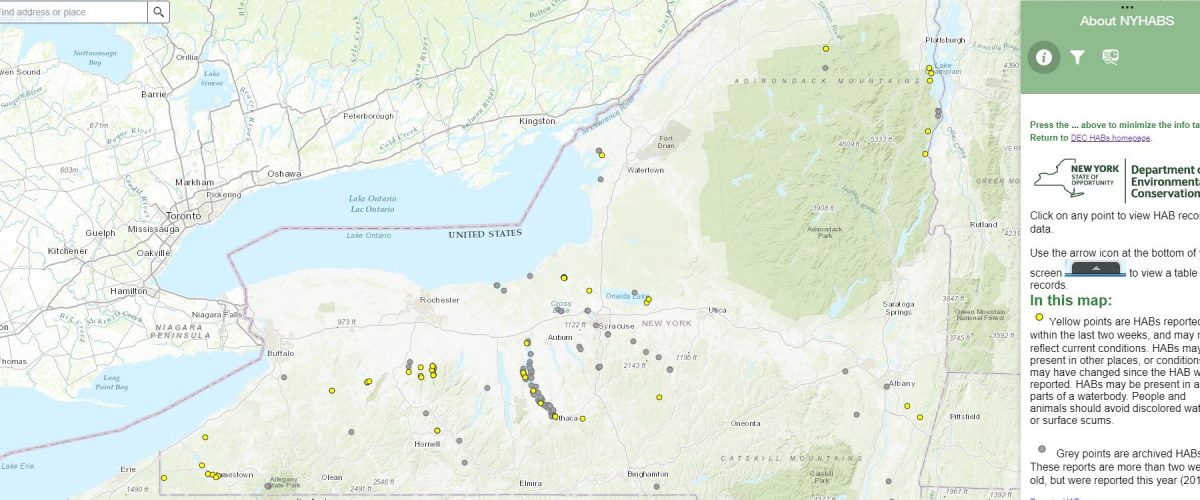

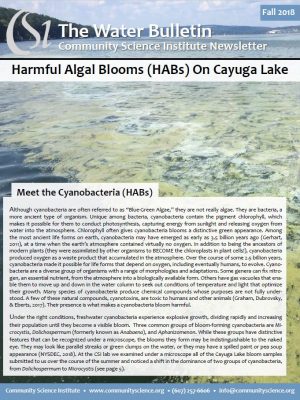


Long time supporter, and thought I’d drop a comment.
Your organization’s wordpress site is very sleek – hope
you don’t mind me asking what theme you’re using? (and don’t mind if I steal it?)
I just launched my small businesses site –also built in wordpress like
yours– but the theme slows (!) the site down quite a bit.
Keep up the good work– and hope you all take care of yourself
during the coronavirus scare!
~Justin
Hi Justin,
Thank you for your support!
We are glad that you enjoy CSI’s website. We hope that it can serve as an invaluable resource that connects you with regulatory water quality data, news and information about pressing water quality issues, and the work that CSI does to protect water.
Please send us an email and we’d be glad to answer any questions about our site.